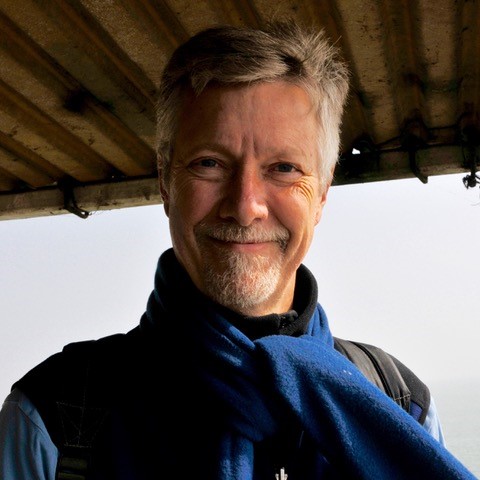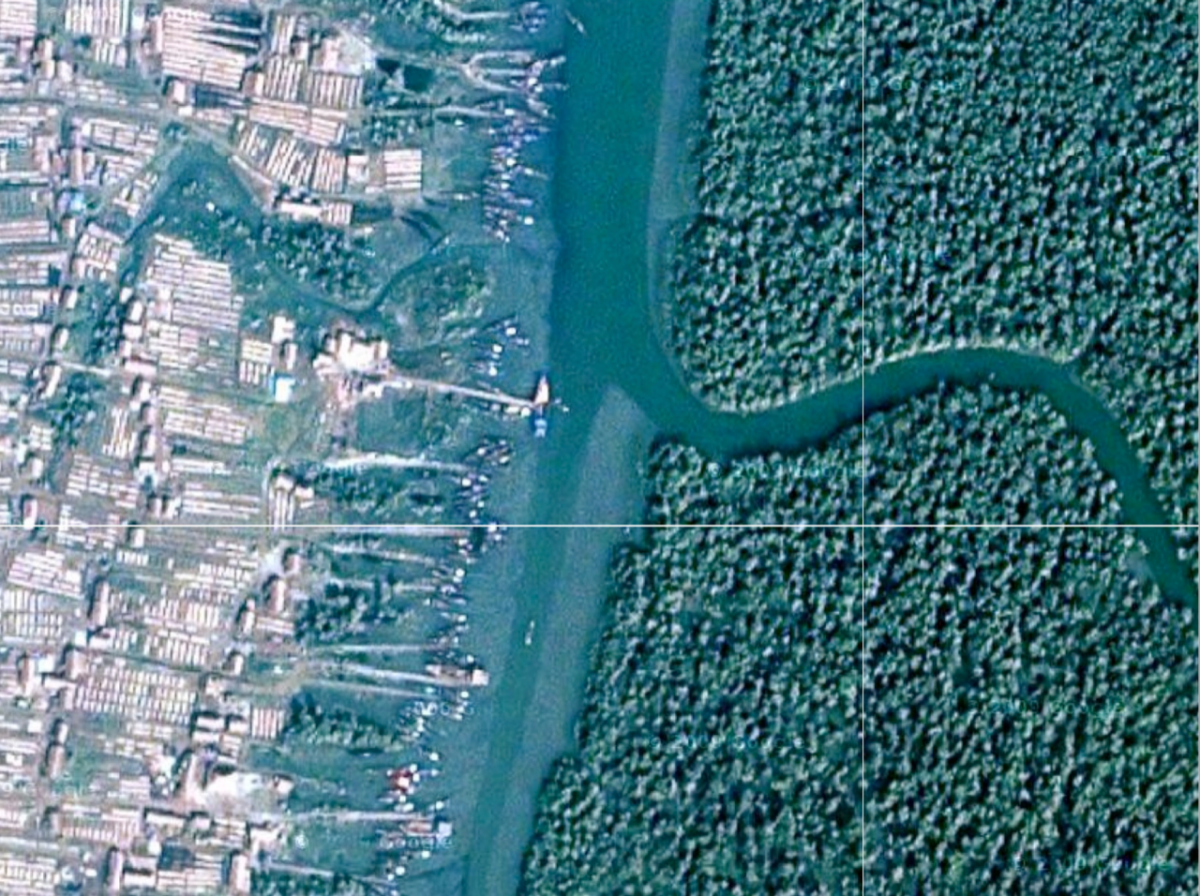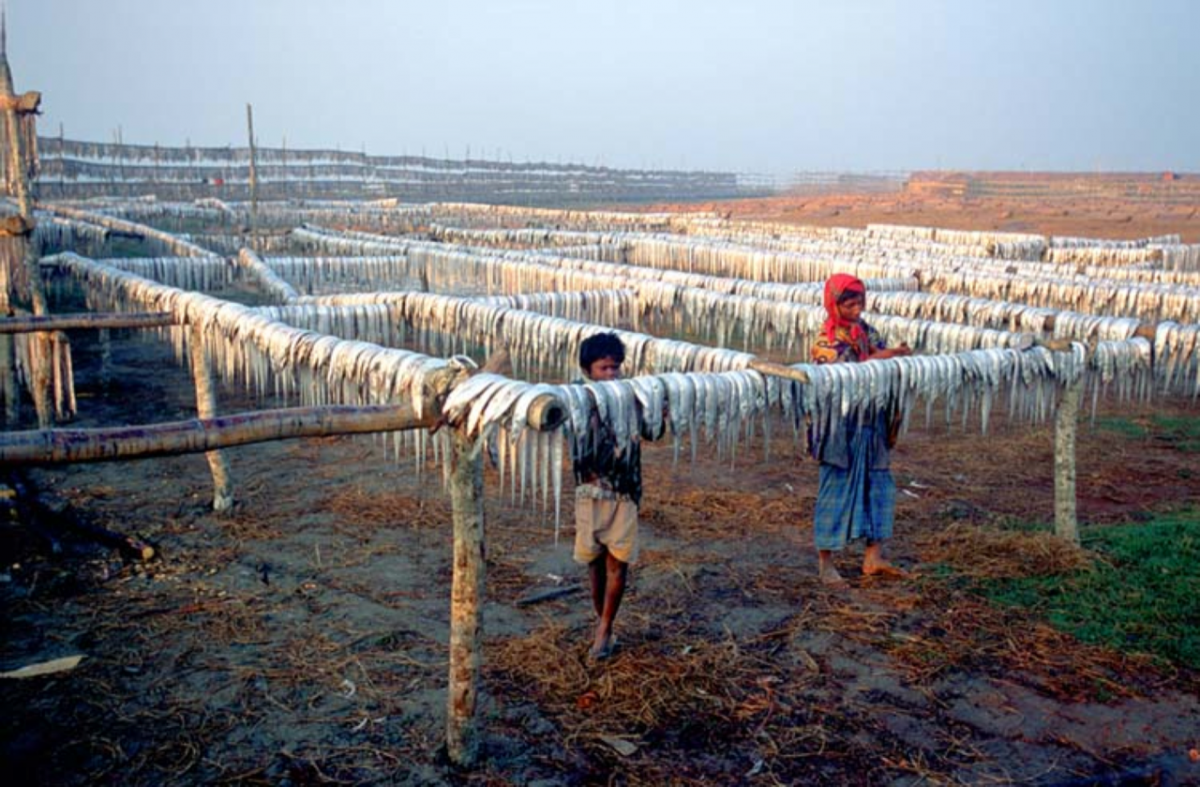
An estimated 40.3 million slaves today may compose one of the world’s largest emitters of carbon dioxide, Kevin Bales, professor of contemporary slavery, told NRT students November 8, 2021, by Zoom.
“If you take all of the slave-based environmentally destructive activities, and you begin to calculate out their CO2 emissions, what you end up with is a number that could put slavery, as a country, right behind China and the United States as the third largest emitter of CO2 in the world,” said Bales, the research director of The Rights Lab at the University of Nottingham in the United Kingdom.
Slaves exist in every country and are concentrated in areas with high levels of corruption and war and conflict and with governments that don’t protect their citizens, he said.
Enslaved people may be forced into hard labor such as mining, clearing forests and long-haul fishing or may be sexually exploited.
A problem with trying to end slavery is that most nations define slavery differently, Bales said, and the United Nations alone holds five definitions.
The Rights Lab he has worked at for the past 10 years defines slavery as treating people as property.
“In other words, if you go back all the way to Roman law about property, there are certain things you can do with things that belong to you, your property,” he said. “You can use it, you can sell it, you can rent it, you can give it as collateral, you can leave it to your children, you can make a gift of it, or you can even destroy it, right? And the thing is that if you can do any of those things, or most of those things, or some of those things to another human being, that human being is being treated as if they are property.”
Although no one has been able to get good data on China, North Korea is thought to have the highest density of slaves on the planet, Bales said.
“They literally enslave their own population and citizens at an enormous rate,” he said. “They’re in work camps, and they sell them off to other countries.”
He identified India, Sudan and the Congo as other places with high densities of slaves, largely because of the poverty, conflict and breakdowns in the rule of law.
The Rights Lab keeps a database of every law and treaty done on slavery, and Bales said some countries still have not made slavery illegal although they treat it as such.
Other countries, like Mauritania in Northwest Africa, have made it illegal but slavery continues there.
“They actually outlawed it three times, but they never announced the law to the people who are enslaved,” Bales said.
A difficulty in many African nations, he said, is they have three legal systems in conflict--national law, state law and religious or tribal law. People pick and choose between those three, often leaning toward local tribal laws.
“People will say, ‘Oh no, it’s certainly OK to kidnap a girl and make her your bride and then use her along with two or three others to basically do all of the work, as well as for sexual use.’ And it’s enslavement because the girls can’t get away or they risk death if they try to get away,” Bales said.
Small slave operations like this are difficult to detect and weed out, but The Rights Lab has recently had more success detecting larger slaving enterprises by using satellite imagery and radar.
In Uganda, they identified an underground mining operation by using satellites and radar to detect movements in soil and then discovering tunnels with slave laborers.
“Now you can get in there and fix that if you’re able to do it with the people who aren’t already corrupted within their law enforcement,” he said.

In the Bangladeshi part of the Sundarbans UNESCO World Heritage Site, The Rights Lab detected by satellite that a part of the mangrove forest had been cleared and a fish-processing camp set up. The Sundarbans are intended to be preserved as is, considered one of the largest carbon sinks in all of Asia and one of the last homes of Bengal tigers.
A team of researchers went in and discovered child slaves working at the camp, Bales said. The children had been lured from communities upriver through promises to their parents that the children would receive good jobs processing fish.
Bales said he and his team interviewed many children from the camp and the children reported suffering beatings, sexual abuse, a poor diet of old fish bits, constant diarrhea, and the witnessing of other children eaten by Bengal tigers.
“When you carve out parts of the forest and drive away the prey animals, tigers, being territorial, go to the next small animal that they find, and in this case, it's often children,” he said.
The Rights Lab worked with the Bangladeshi government to shut down a couple of the camps, but others remain in operation, he said.
“The cycle of poverty and being tricked into what sounds like a good opportunity still exists, and the government is not going to risk the vast sums they make on exporting shrimp to the USA and Europe,” he said.
The camps process shrimp for the global frozen shrimp market as well as fish for the Bangladeshi market and cat food, Bales explained.
“After horrible human rights abuses I saw there, as well as the serious lack of hygiene I saw in the hand shrimp processing, I won’t eat another shrimp,” he said.

Other people with environmental, human rights and anti-slavery concerns have also refused to buy products with links to such operations, and they have put pressure on corporations to clean their supply chains of them.
“The challenge is that the total number of people in slavery who are involved in those kinds of enslavement that can be regulated or impacted by an economic or a supply chain strategy, are actually very small in number in the global economy,” Bales said.
The world population is almost 8 billion and the 40-or-so million enslaved people are scattered across the planet. Bales said there may be 100 slaves digging minerals in the wilds of Tanzania or the Congo but they are concealed.
He estimated about 40 percent of the slavery in the world could be seen from space.
Even once enslaved people are discovered, Bales said there is work to be done bringing them out of slavery. They may face issues like trauma, malnutrition and illness and will need rehabilitation and reintegration into society. That costs only about $500 a person in poor countries but about $35,000 to $40,000 in the United States.
A bigger problem is finding anti-slavery workers to carry out the work. Bales estimated the world would need about 2 million anti-slavery workers to end slavery any time soon.
“That's just to show you like, What is my problem this week? What are the things that we face? Because we think about, How do we train that many people?” he said.
With a touch of humor, added, “There are times when I think I would rather be studying monarch butterflies!”
— Ronica Stromberg, NRT Program Coordinator


